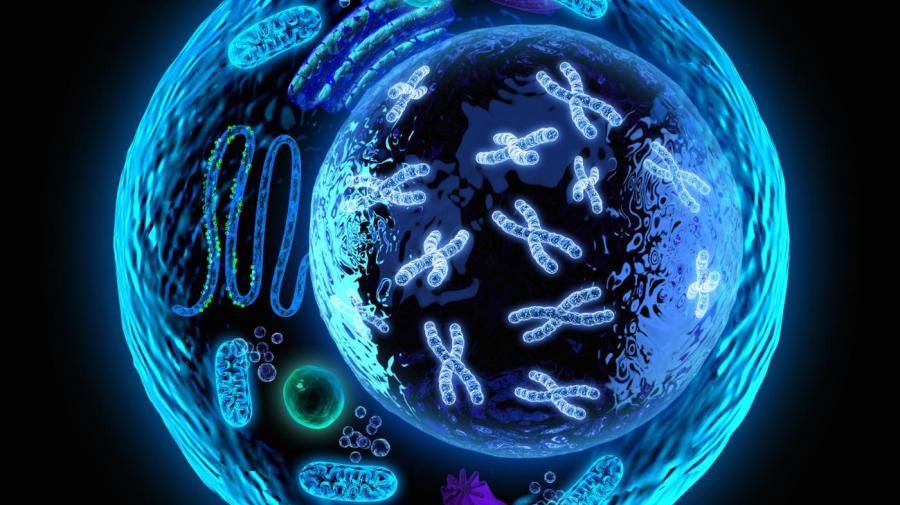How the Shape of a Cell Relates to Its Function?

As a result of cell adaptation, the function of the cell influences its shape and internal structure. This is visible in specialized cells such as red blood cells, sperm cells, muscle cells and nerve cells.
Specialized cells have several adaptive features which enable them to carry out specific functions effectively. In this regard, a direct relationship exists between the size and shape of a cell and its intended function. Changes in the shape of the cell due to adaptation to a given function are mostly visible in animal cells as opposed to the rigid plant plants. The following are some of the specialized cells.
Red Blood Cells The red blood cells contain hemoglobin, which is responsible for the transport and delivery of oxygen to other body tissues. These cells are flat and round and have large surface areas for oxygen absorption and delivery. Also, the red blood cells are small in size hence are able to fit into capillaries for efficient oxygen delivery. Moreover, the red blood cells lack nuclei and other organelles and have more space for oxygen transportation.
Nerve Cells Nerve cells or neurons are responsible for carrying electrical signals to and from the brain and spinal cord. These allow the living organism to respond to stimuli, regulate mechanisms, transmit and store information. In this regard, neurons have a long yet thin structure that allows for accurate transmission of information. Length is of importance to the structure of a neuron because electrical signals inside a neuron travel faster when compared to chemical signals between neurons. Thus, fewer yet longer neurons result in faster transmission of signals.
Muscle Cells Muscle cells are responsible for contraction and relaxation so as to cause motion of body parts. Skeletal muscle cells are arranged in bundles of linear fibers. These cells are elongated in shape and contain myofibrils or thin strands made of the proteins actin and myosin. The elongated shape of these cells allows the contraction proteins to line up in an overlapping pattern hence making muscle flexing possible. In addition, the cell nuclei in muscle cells are normally located within the cell perimeter hence creating space for ordered patterns of the proteins.
Sperm Cells The sperm cells contain flagella, which facilitate movement of the cell, for long distances, toward the egg for fertilization. In addition, due to the need for travel, the body of a sperm cell is relatively light compared to other cells in the body. This is because most organelles found in other body cells are non-existent in sperm cells.
Leukocyte Cells Leukocyte cells work to keep the human body free from infections. These cells find and destroy microbes hence preventing the body from infections. Because these cells have to move to the site of the infection, they are highly mobile and are capable of pushing through the walls of the capillaries. In addition, leukocytes are flexible and have the ability to change shape so as to engulf the microbes.
Root Hair Cell The root hair cell is an example of a specialized plant cell. It has an elongated surface so as to increase the surface area for water and mineral salts absorption from the soil.





